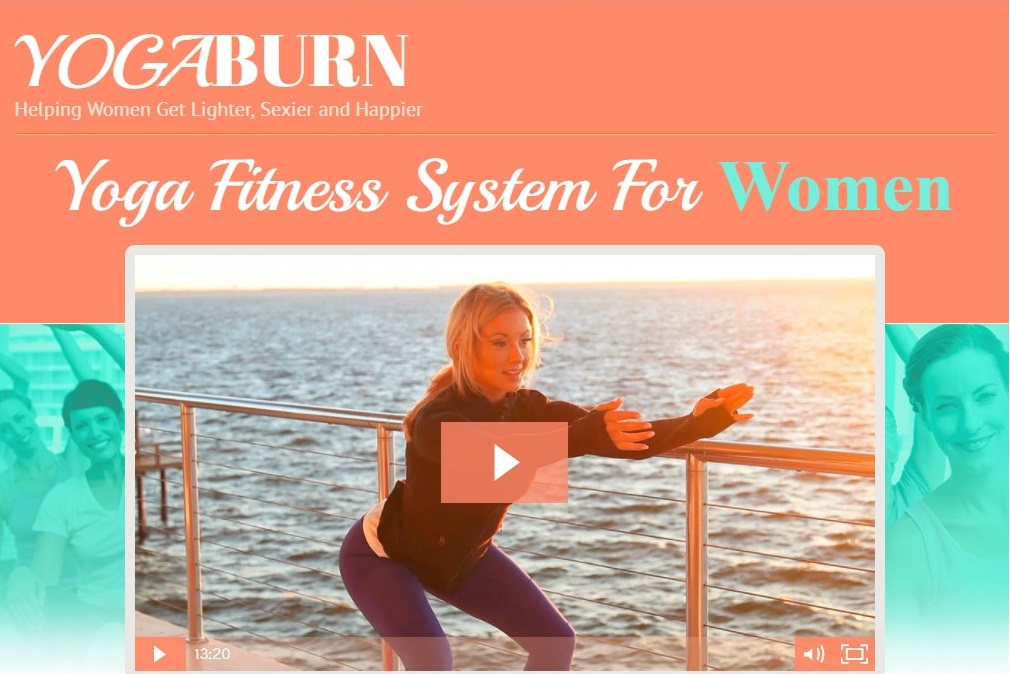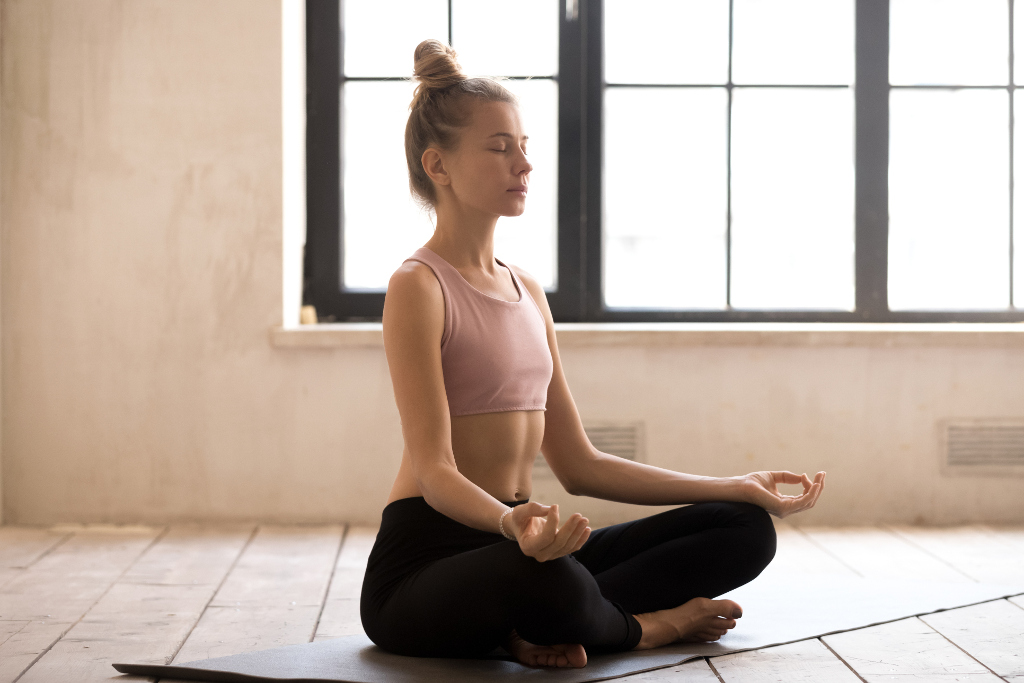Yoga postures for beginners
You don't know anything about yoga, but you want to learn it at home, to see how it works, to gain and relax? Start with these 5 ultra simple postures!
The sitting position in yoga
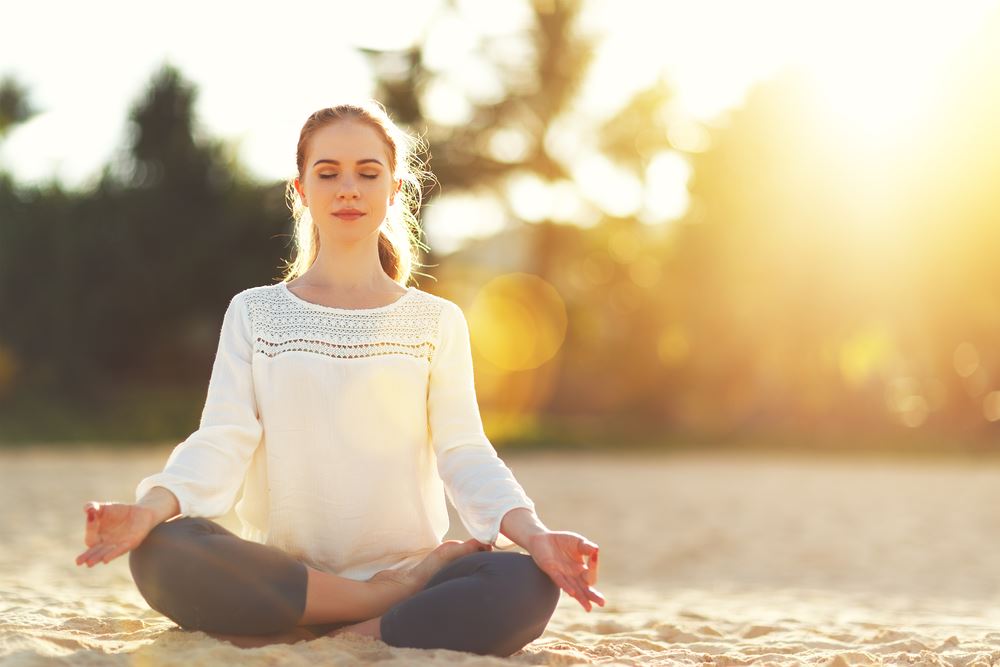
For the sitting position, one can choose to sit in a suit, the simplest for the uninitiated; in lotus (right leg bent, right foot at the top of the left thigh, left leg bent and foot as close to the body as possible on the right thigh. The knees should touch the ground); in half-lotus (right leg at the top of the left thigh on the ground, left foot on the right thigh. Both knees must remain on the ground); or sitting on the heels (on the knees, legs together).
The important thing here is to keep :
- the bust straight and vertical;
- the head, neck and back aligned;
- shoulders and abdominals relaxed;
- hands on knees, palms facing up;
- eyes closed.
A sitting posture is great for starting or ending a yoga session by focusing on your breathing. It can also be practiced while reading, eating or watching TV. These postures soothe the mind, body and breath. They encourage you to behave yourself.
The posture of the tree
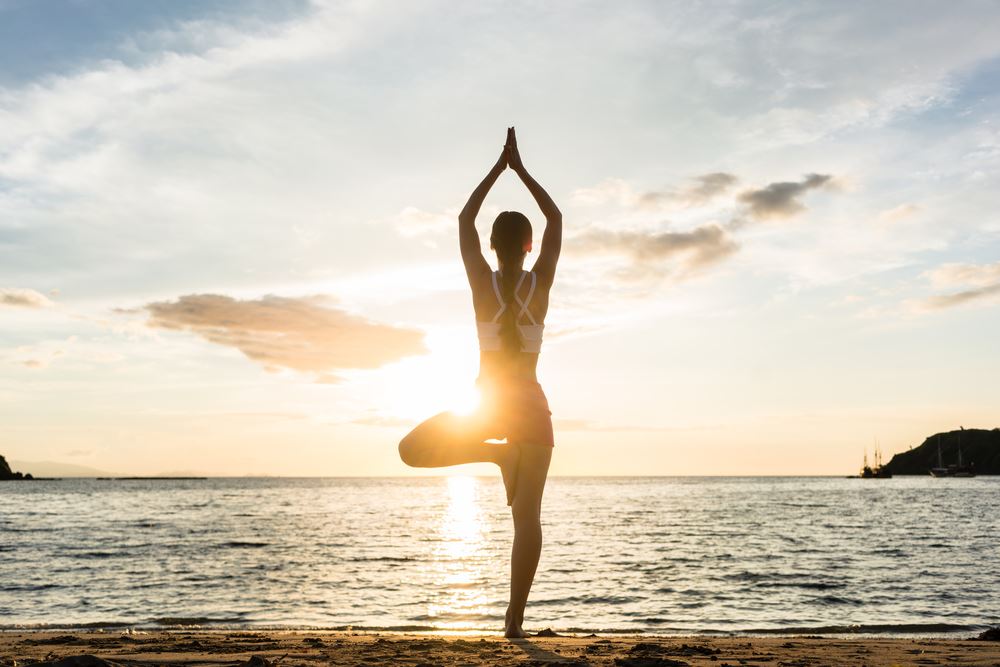
The posture of the tree (Vrikshasana), consists of placing the right foot against the root of the left thigh and standing on the other foot.
- Stand with your feet parallel and slightly apart;
- Put your weight on your left foot, with your leg straight;
- Place the sole of your right foot against the inside of your left ankle;
- Open your right knee to the side, then lift your foot up to your thigh;
- Place your lower joints in front of your chest, fingers together and thumbs apart;
- Straighten your head and contract your abdomen and buttock muscles;
You can then stay like this, or continue:
- Place your joined hands above the top of your skull without touching it;
- Pull your elbows back, keeping your shoulders low;
- Stretch yourself well upwards without leaving the vertical axis;
- Breathe deeply and hold the position for a few moments;
- Do the same on the other side.
This posture calms the mind, increases the capacity of concentration, works the balance and strengthens the musculature of the feet and legs.
We can see in this posture a symbol of the verticality of man, in balance between earth and sky, between roots (earth, material world) and spirituality (sky).
The posture of the cobra
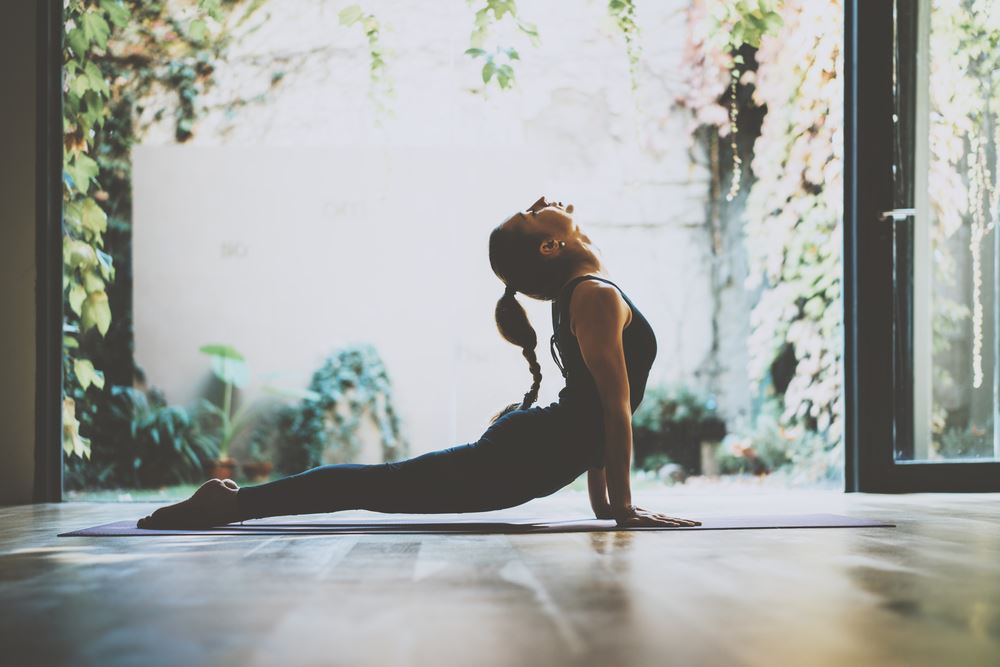
The posture of the Cobra, in Bhujangasana Sanskrit, is a reclining posture where one starts on the stomach.
Here is how to proceed:
- Lie on your stomach, ideally on a yoga mat;
- join the feet and legs stretched out without forcing;
- Place your hands on either side of your body, at shoulder height, with your forearms on the floor;
- Slowly raise the bust as shown in the picture;
- Stop for a moment and breathe;
- You can look straight ahead or look at the ceiling.
This posture strengthens the spine, firms the buttocks, stimulates the organs of the abdomen and stretches the chest, lungs, abdomen and shoulders. It also helps to reduce stress and fatigue, relieves sciatica and is believed to have asthma benefits.
Avoid this posture if you have a back injury, carpal tunnel syndrome or if you are pregnant.
The warrior I
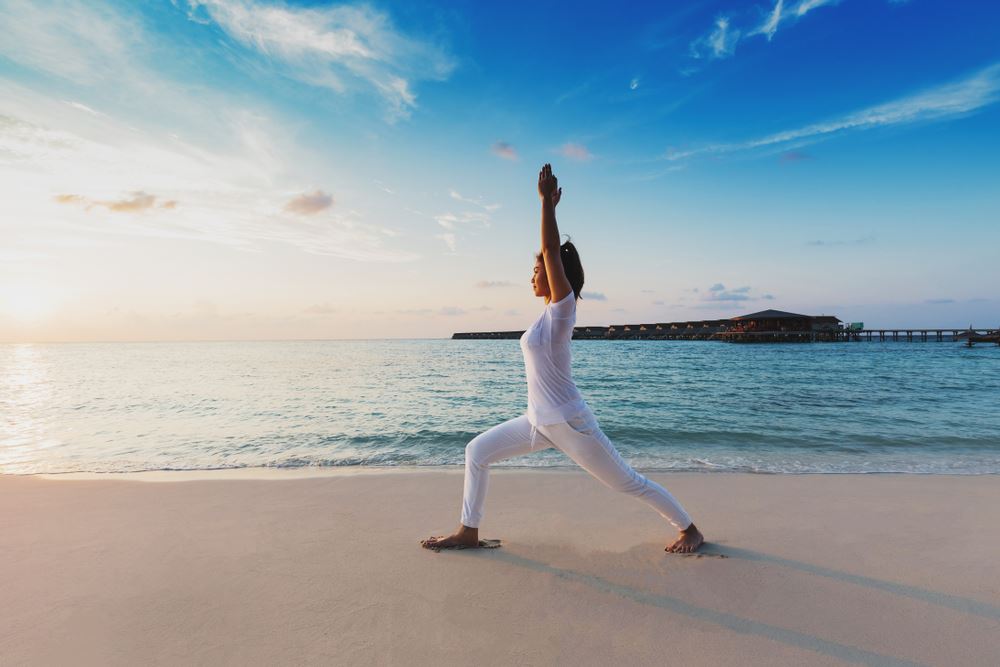
To perform the Warrior I (Virabhadrâsana I) posture, start with the dog upside down posture, i.e. in an inverted "V" shape, feet and hands on the ground.
- Bring the right knee close to your nose and place the right foot forward between your hands, palms on the ground;
- Turn your left foot outward, left leg straight;
- Support your body weight on your feet and stretch your arms toward the ceiling above your head ;
- Look slightly upward, opening your chest, breathe deeply and repeat this sequence on your left side.
This posture strengthens the back and leg muscles, firms the abdominal muscles, helps digestion, improves concentration, restores energy and treats sciatica.
It is not recommended for people suffering from high blood pressure, heart disease, knee or ankle problems.
Warrior II
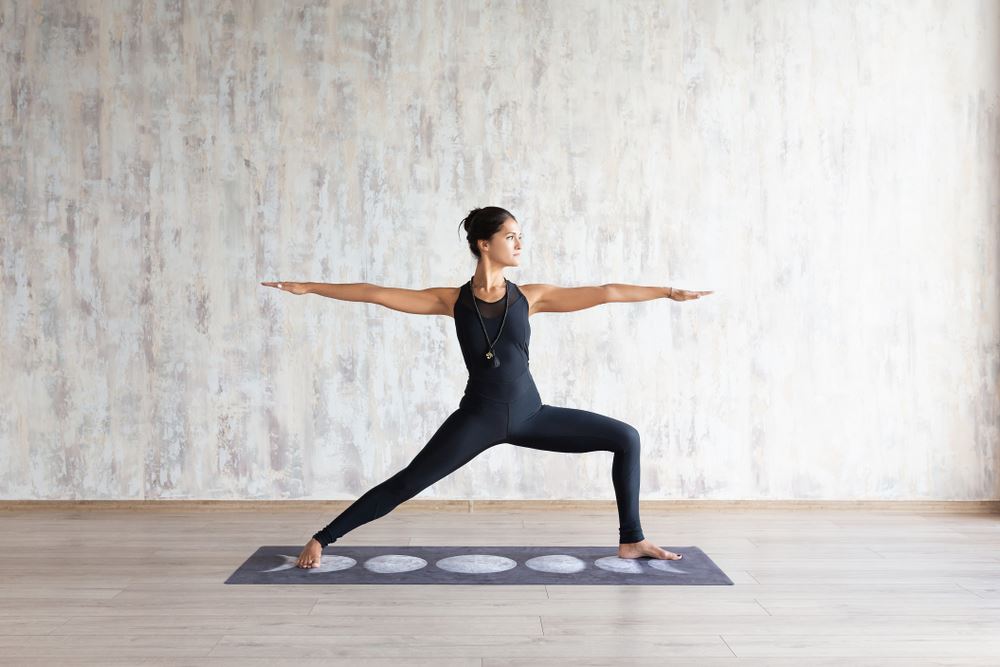
Another variant of the warrior, Warrior II or Virabhadrasana II in Sanskrit, begins standing, feet together:
- Spread the right leg to the side about one meter ;
- Rotate the right foot 90 degrees, the left foot does not move;
- Raise your arms at shoulder level and stretch them out as shown;
- Bend the right knee, which should not extend beyond the heel, and turn the neck so that the eyes follow the hand;
- Keep the back straight, cover the abdominal muscles and open the chest;
- Breathe deeply and hold the posture for a few moments before doing the same on the other side.
The warrior is a strengthening posture: it allows to work the muscles of the back, arms, legs, ankles and hips. It also improves balance.
The cat's posture
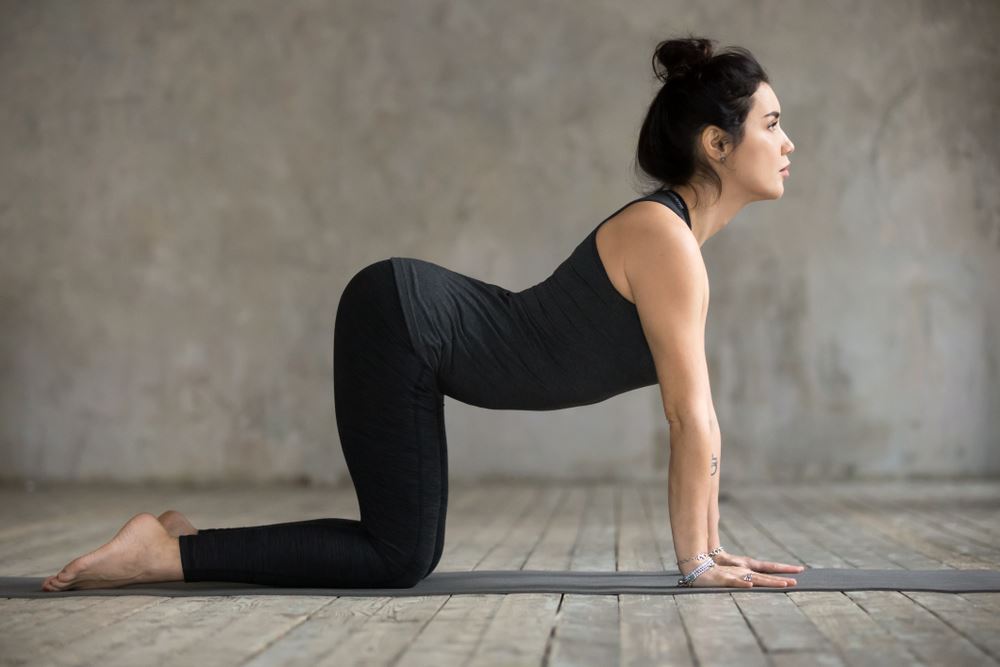
- Get down on all fours, wrists in line with shoulders, knees and hips.
- Breathe in and tilt your pelvis backwards to point your buttocks towards the ceiling.
- Now exhale and tilt your pelvis forward, tilting the coccyx, your spine will be naturally rounded. The gaze is directed towards the navel.
Repeat the exercise for 5 to 10 breaths in harmony with the movements.
This posture improves the flexibility of the spine while preventing back pain.
The upside down dog posture
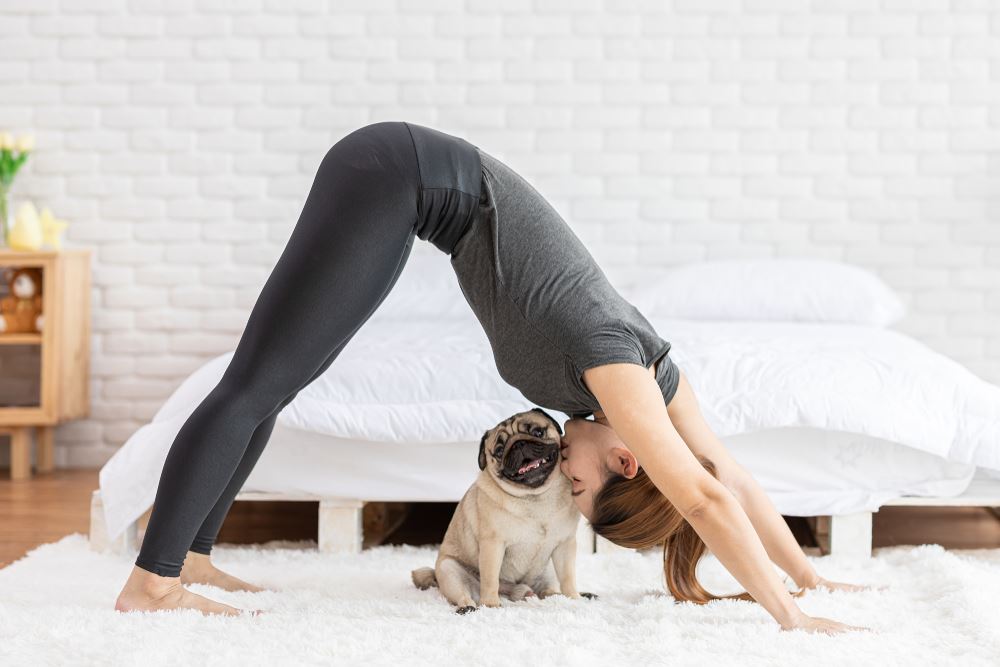
- Get on all fours, shoulders and knees in line with your hips, then lift your hips off the ground, sending them both up and back.
- If necessary, allow your knees to bend slightly if the back of your thighs are stiff and/or if you feel pain.
- Try to get your heels touching the ground for an even greater stretch.
- Move your hands forward to give you more range of motion if necessary.
- Hold for 5 to 8 breaths before returning to your original position on your hands and knees to rest.
This posture offers an effective hamstring stretch and is an integral part of the sun salutation posture.
Board

- Get down on all fours on the palms of your hands and toes in a straight line.
- Form a straight line from head to toe.
- Engage your abdominal muscles, put your shoulders in a low position.
- Breathe deeply for 8 to 10 breaths.
This position teaches balance and strengthens the deep abdominals.
